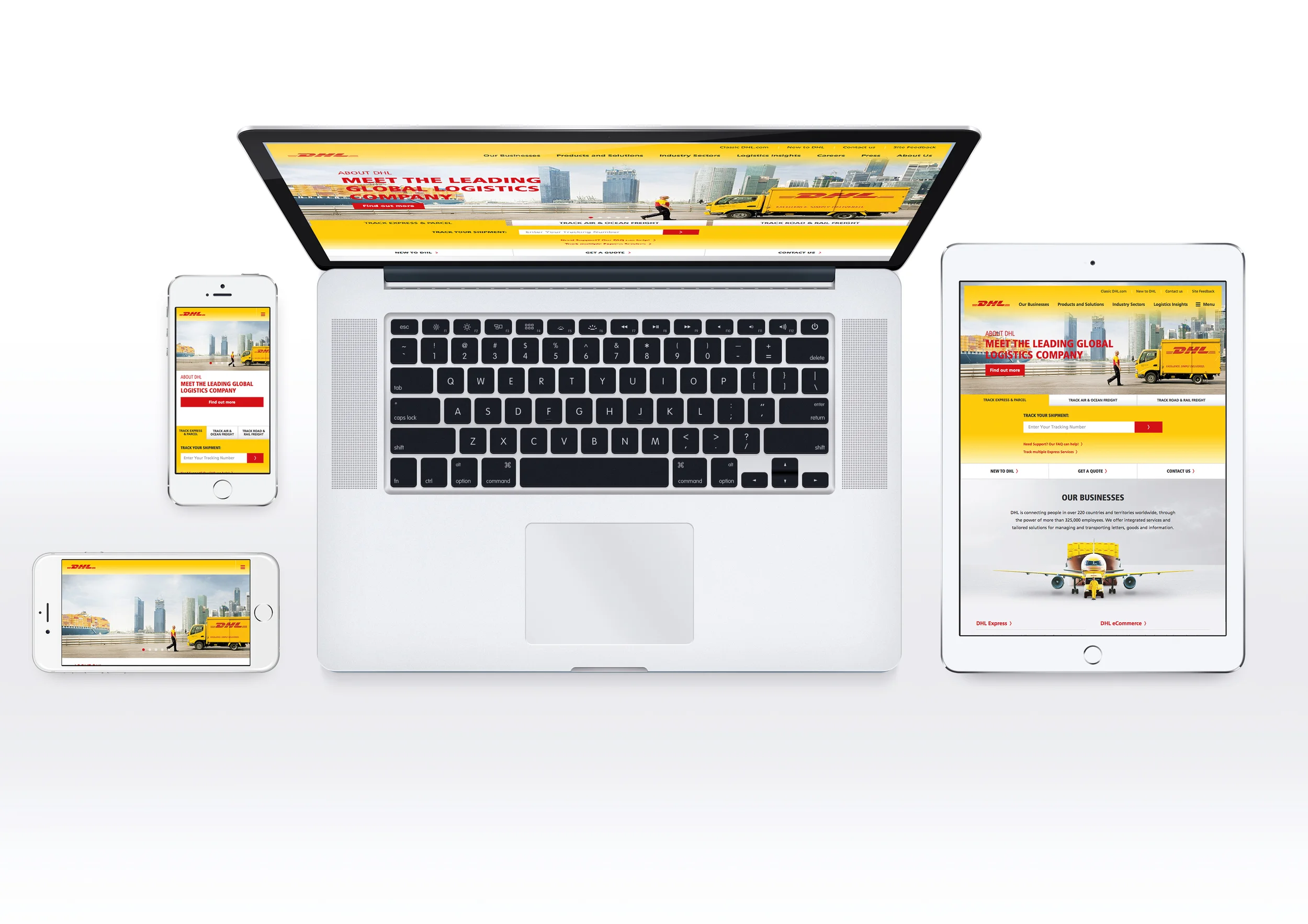Behind every web project, there is a team of hardworking individuals. Should the human side of the web be told?
We've done thousands of projects over the years with interesting and wonderful clients. We tend to only remember the end results that followed, but what about the people behind the sites and products? Are they important or relevant?
Yes, they most definitely are. Pixel benders, code magicians, designers, producers – they all bring the personalities and the human side to the mix that makes the projects great. The stories behind the work are usually the most interesting ones and the ones we can connect with. Still, most of the publications around web design are centred around tutorials and posts about the design or coding itself.
Web stories in print
Offscreen Magazine, founded by Kai Brach, brings these stories behind the work into the limelight in gorgeous printed form and in their blog. The magazine is a way to unplug from the computers and just focus on the stories and the people behind the websites. By the way, you can read stories about some pretty famous names in the magazine, like Jeremy Keith, Ryan Carson, Jon Hicks and Eva-Lotta Lamm, for example.
Reading about the creators of the apps and websites we use every day is refreshingly different. Knowing more about the web heroes and heroines we admire can make us better at our own work. Reading about their life and work shows that they are not that different from the rest of us, but yet they do set a kind of example for us all.
I had a brief chat with Mr. Brach about his work with Offscreen Magazine:
What made you start to publish a magazine?
In late 2011, after ten years of working as a web design freelancer, I just had enough of dealing with clients. I took a six-months break and went travelling. During that time I caught up with a lot of folks I only knew through the web. It was great meeting the faces behind the interfaces. At the same time, I've spent a lot of time in book shops buying print stuff — I love a good bookstore! That's how the idea of Offscreen began and when I came back I actively started working on it. I wanted to create a product that, on one hand, provided a break from the screen for people like myself, and on the other hand showed what was actually happening behind the screens/scenes of the more successful websites and apps we use on a daily basis. Ironically, in order to produce that product, I now spend more time online than ever before. ;)
What was the biggest challenge in making the magazine a reality?
The biggest challenge was that I didn't know anything about print or publishing. I had never worked with Indesign, never wrote or edited a lengthy piece of content for a publication, and never produced anything more than a cheap flyer in print. English isn’t even my first language.
So I started to read books on the topic, researched online and took online video courses in Indesign, pre-press, colour management, typography, and so on, until I felt (sort of) confident enough to get started. There are lots of other things I had to learn and, in retrospect, I think being naive and ignorant about them helped me to a great extent. I just got started without thinking too much about whether I could or couldn't do it. It taught me the lesson that being an outsider can have huge benefits. You look at problems with a fresh set of eyes and figure out things your own — sometimes better, sometimes harder — way.
The idea about the human side of websites and apps is great, how did that come to you?
As mentioned above, I really liked hearing about the stories behind some of the apps and services I was already using. It's always inspiring to hear that the most successful folks in our industry started with the same set of skills (or lack thereof). I also think that with all the digital stuff we produce and consume on a daily basis, it's important to remember that there are real people behind this. The next time we rant about a badly executed design or a not-so-perfect user experience, keep in mind that people like you and me have spent days, weeks, months on this and put a lot of their heart into it. It's difficult not to take things personally, so with Offscreen I hope I can make people a bit more aware of the human factor in our industry.
What do you see in the horizon for Offscreen?
Every issue is a *lot* of work. It's a constant struggle to get the magazine right, and as the only person producing it, I'm always thinking about it — like literally 24/7. I often wake up in the middle of the night thinking, what should go in the next issue? Will I have all the content on time? Will people get bored of the magazine? etc. It's exhausting and I'm not sure how long I can keep it up. At the same time, launching a new issue is one of the most exhilarating experiences I can imagine. The good thing is that I don't have a bigger publisher breathing down my neck, so if I feel like I need a bit of a break I'll take it. I'm actually thinking about producing another little (print) product that I've been procrastinating about for a while before the end of the year, which may delay the next issue by 1-2 months. I love having that freedom and I'm sure my readers will sympathise with that too.
The inspiring stories and photos in a well-designed package is a treat to the eyes. Also check out the blog – and continue to read the stories behind the pixels we make every day.





